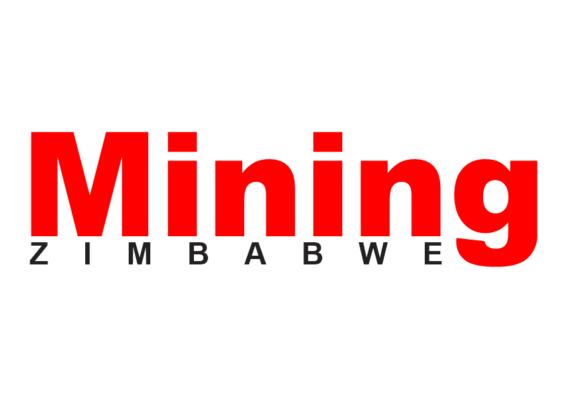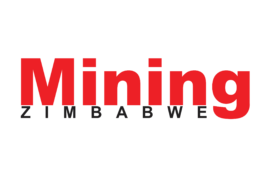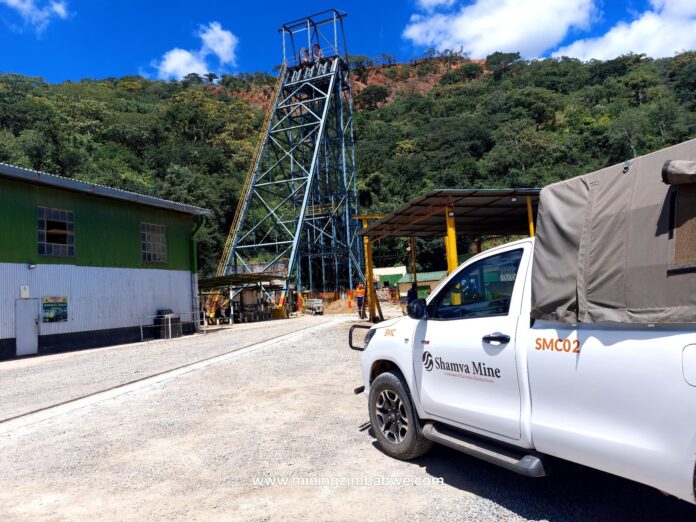The mining sector in Zimbabwe is often misrepresented in public discourse, particularly when discussing its contribution to government revenue. While official figures from the Zimbabwe Revenue Authority (ZIMRA) indicate that mining royalties contribute just 3% of total revenue collections, this figure alone does not reflect the sector’s overall economic impact, Mining Zimbabwe can report.
By Rudairo Mapuranga
The reality is that mining plays a far more significant role in Zimbabwe’s economy, contributing between 12% and 15% of the Gross Domestic Product (GDP) and accounting for approximately 70% of total export earnings.
Beyond direct royalties, mining companies contribute significantly to Zimbabwe’s fiscal revenues through multiple tax avenues, including corporate income tax, customs and excise duties, withholding taxes, and Pay-As-You-Earn (PAYE). Furthermore, mining firms are mandated to surrender 30% of their foreign currency earnings to the Reserve Bank of Zimbabwe (RBZ), effectively functioning as an additional indirect tax, given the disparities between official exchange rates and parallel market rates.
Moreover, mining companies invest millions of dollars annually in Environmental, Social, and Governance (ESG) initiatives, directly benefiting communities and contributing to sustainable development. This article explores the full scope of mining’s fiscal and socio-economic contributions beyond the commonly cited royalty figures, providing a comprehensive analysis of the industry’s financial footprint in Zimbabwe.
The Mining Industry’s True Fiscal Contribution to Zimbabwe
1. Corporate Income Tax
Corporate Income Tax (CIT) is one of the major revenue sources for the Zimbabwean government, and the mining industry is a key contributor. In Zimbabwe, the standard corporate tax rate is 24%, but mining companies often pay higher effective tax rates due to additional levies, royalties, and other sector-specific obligations.
Estimated Contribution of Mining to Corporate Income Tax
In H1 2024, Zimbabwe collected a total of ZIG 10.07 billion in Corporate Income Tax, which translates to approximately USD 359.64 million at the exchange rate of 1 USD = 28 ZIG. Given that mining contributes between 12% and 15% of the GDP, it is reasonable to estimate that the sector contributed between ZIG 1.21 billion and ZIG 1.51 billion (USD 43.21 million – USD 53.93 million).
2. Customs and Excise Duties
Customs and excise duties are levied on imported and locally manufactured goods, and the mining industry is subject to various such duties. While mining equipment imports often benefit from tax rebates, other consumables and inputs used in the mining process attract customs duties.
Estimated Contribution of Mining to Customs and Excise Duties
ZIMRA collected ZIG 3.53 billion in customs and excise duties in H1 2024, which is approximately USD 126.07 million. Mining-related imports, including fuel, chemicals, and spare parts, likely contribute around 3-5% of customs and excise duties, translating to an estimated ZIG 106 million to ZIG 176 million (USD 3.79 million – USD 6.29 million).
3. Pay-As-You-Earn (PAYE)
Mining is one of the largest employers in Zimbabwe, with thousands of workers employed directly and indirectly. PAYE taxes are levied on employee salaries, with mining employees generally earning higher-than-average wages, leading to substantial PAYE contributions.
Estimated Contribution of Mining to PAYE
In H1 2024, PAYE collections amounted to ZIG 5.22 billion (USD 186.43 million). Given that mining is among the highest-paying sectors and employs a significant workforce, it is reasonable to estimate that 10-12% of total PAYE revenue originates from the mining sector, amounting to between ZIG 522 million and ZIG 626 million (USD 18.64 million – USD 22.36 million).
4. Withholding Taxes
Mining companies engage numerous service providers, contractors, and consultants who are subject to withholding taxes on payments received from mining firms.
Estimated Contribution of Mining to Withholding Taxes
Withholding tax accounted for ZIG 1.28 billion (USD 45.71 million) in H1 2024. Given the extensive outsourcing practices in the mining sector, mining companies likely contribute around 30-40% of withholding taxes, equating to an estimated ZIG 384 million to ZIG 512 million (USD 13.71 million – USD 18.29 million).
The Hidden Tax: Foreign Currency Surrender Requirements
A major yet often overlooked contribution of the mining industry to Zimbabwe’s economy is the foreign currency retention policy imposed by the RBZ. Under the current policy, mining companies are required to surrender 30% of their export earnings at the official interbank rate. Given that the mining sector generates over USD 5 billion annually in export revenues, this means that approximately USD 1.5 billion is forcibly converted to local currency at the interbank rate. Due to the significant gap between the interbank and parallel market rates, this results in an effective loss for mining companies, functioning as an implicit tax.
Mining Sector’s Commitment to ESG: Investments in Communities
Mining companies in Zimbabwe have also made substantial contributions to social and environmental sustainability through ESG initiatives. These programs include investments in education, healthcare, infrastructure, and environmental conservation.
ESG Spending by Major Mining Companies
Zimplats
Zimplats, Zimbabwe’s largest platinum producer, has been at the forefront of ESG investments, spending over USD 45 million in 2023 alone on various social and environmental projects. Some key initiatives include:
Healthcare Investments: Funding hospitals and clinics in mining communities.
Education Support: Building schools and offering scholarships for students.
Infrastructure Development: Constructing roads, bridges, and water supply systems.
Environmental Conservation: Implementing sustainable mining practices and land rehabilitation projects.
Caledonia Mining Corporation (Blanket Mine)
Caledonia Mining, which operates the Blanket Mine, spent USD 1.5 million on community development in 2023, with 92% of its procurement sourced locally.
Other Major Mining ESG Investments
Mimosa Mining Company: Invested in renewable energy and waste management.
Freda Rebecca Gold Mine: Supports local entrepreneurship through business grants and training programs.
Wrapping up
The mining sector’s financial contributions to Zimbabwe extend far beyond the 3% in royalties reported by ZIMRA. Through corporate income tax, customs duties, PAYE, withholding taxes, and foreign currency surrender requirements, the industry plays a vital role in sustaining the economy. Furthermore, mining companies invest heavily in ESG initiatives, positively impacting local communities and ensuring long-term sustainability.
A more nuanced understanding of mining’s contributions is essential for crafting policies that balance economic growth with fiscal sustainability. Rather than focusing solely on royalties, policymakers and stakeholders should recognize and support the mining industry’s broader economic impact, ensuring that it continues to drive Zimbabwe’s development for years to come.
.png)




